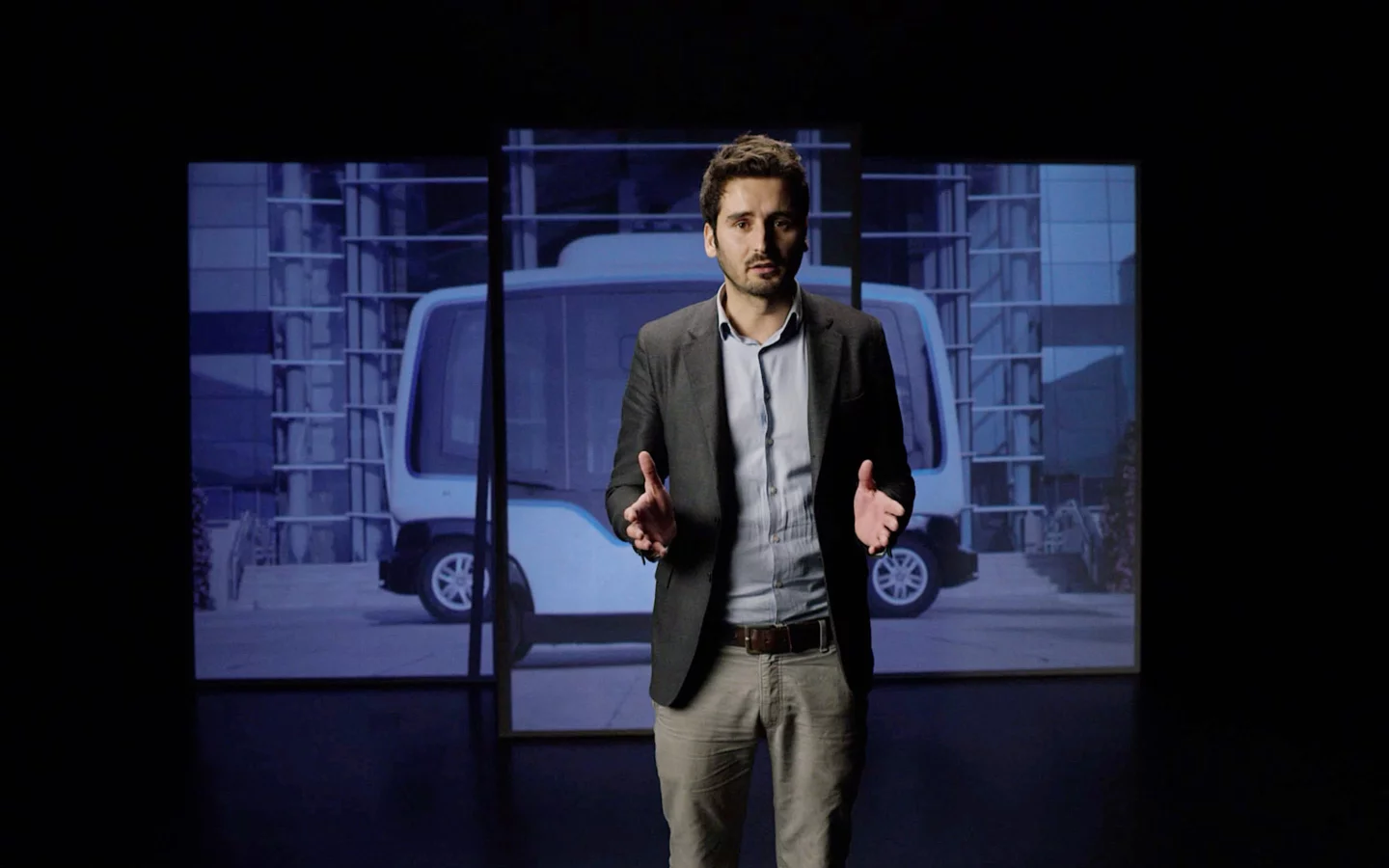At the online-only CES 2021 earlier this month, German mobility startup Sono Motors revealed a collaboration with EasyMile to install its solar technology on driverless shuttles. Now we have a few more details.
Sono Motors took to the virtual stage at the Consumer Electronics Show expo to show off the latest pre-production prototype of its Sion electric city car, which features 248 photovoltaic panels integrated into all straight and curved parts of the vehicle's body to provide up to 34 km (21 mi) of extra range per day.
In ideal conditions, that could be enough for a short commute to work without having to plug in for a top up, but the battery pack can be connected to a charger for longer journeys – the total per-charge range is reported to be 255 km (158.5 mi) on the WLTP cycle.
With a production vehicle yet to roll out, Sono Motors is already looking at other applications for its embedded solar cell technology, and EasyMile's EZ10 autonomous pod is among the first.

The electric shuttle has already seen use in more than 30 countries around the globe, and the partnership is now fitting out a prototype with Sono's patented panel technology to test the potential for reducing the number of charging intervals.
A full charge of the pod's battery pack can see it trundle along for up to 16 hours, and it takes six hours for a full recharge from empty when cabled to a charger. The installation of solar cells is not intended to replace traditional chargers, but it is hoped to keep the shuttle on the road for longer between cabled charges – as it harvests solar energy while parked up or moving along.
"This could give the driverless shuttle even more autonomy as it would be more independent of the charging infrastructure," stated EasyMile in a press statement. "A big cost-saver for private sites as well as an advantage for the many communities that use the shuttle as an extension of the public transportation network."
Source: EasyMile







